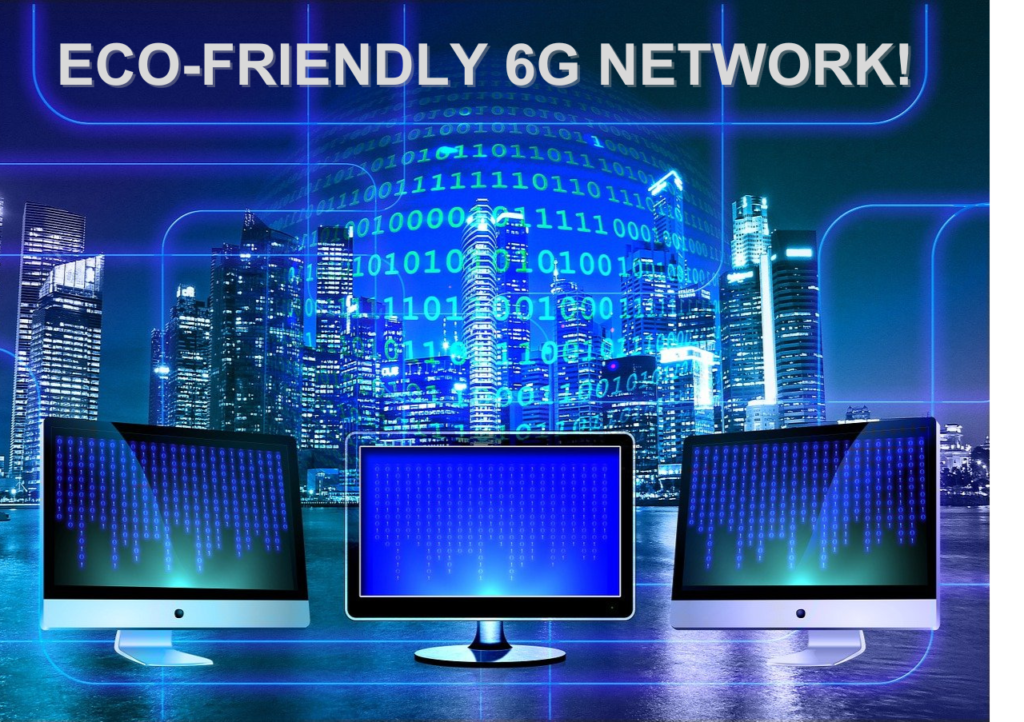As we enter the era of 6G technology, we shouldn’t only discuss about its speed and capacity. But also focus on reducing its environmental impact. Sustainability is a key component in the development of 6G technology. According to the report of Ericsson, Information and Communication Technology (ICT) equipment consumes 3.6% of global electricity, producing 1.4% of total carbon emissions. This forms about 6% of the global economy.
Actually, sustainability ensures the efficient use of basic resources, and reduces the contamination through recycling. Therefore; the use of basic resources to transmit the 6G information should be minimized.
The basic laws of nature in the universe set limits that guide optimization efforts. For example, radio waves propagate at the speed of light, and the minimum delay depends on the physical encountered distances.
Moreover, communication networks distribute resources, leading to higher resource consumption.
Reducing energy consumption in 6G networks
6G technology can significantly reduce energy consumption compared to previous generations. For instance, combining hardware and software innovations can achieve this.
In hardware, deploying more energy-efficient components and materials can make a difference. For example, using novel semiconductors with lower power consumption and advanced cooling techniques can play a key role in enhancing sustainability.
In the software aspect, we can implement intelligent power algorithms. These algorithms aim to dynamically adjust and optimize power usage based on real time network demands. For example, during periods of low activity, we should power down certain network components to save energy.
6G and Clean Energy Solutions
6G can harness the potential advantages of green energy. Notably, these are crucial for powering its networking architecture. This includes incorporating solar panels, wind turbines, and other renewable energy solutions into the design of base stations and data centres. By doing so, the aim is not only to reduce the reliance of 6G on energy grids but also in a way to contribute positively for the local environment.
Also, 6G focuses on the use of eco-friendly materials in the manufacturing. This includes designing devices and infrastructure components with recyclable materials, reducing the use of hazardous substances. Furthermore, efforts can also be made to extend the lifespan of devices through modular design and repairability, reducing the electronic waste.

Another key aspect of 6G’s sustainability focus is its ability to support a wide range of applications that directly promote a more sustainable world. This encompasses applications in agriculture, transportation, healthcare, and urban planning. For example, advanced IoT sensors and AI-driven analytics can revolutionize precision agriculture technology, leading to optimized resource usage and reduced environmental impact.
In conclusion, the approach of sustainability first in 6G networks marks a crucial shift towards responsible technological advancement. 6G prioritizes energy efficiency, eco-friendly materials, and applications that promote sustainability. 6G technology aims to revolutionize connectivity while also making a positive impact on our planet. This approach is crucial for building a future where technology and the environment coexist in harmony.



